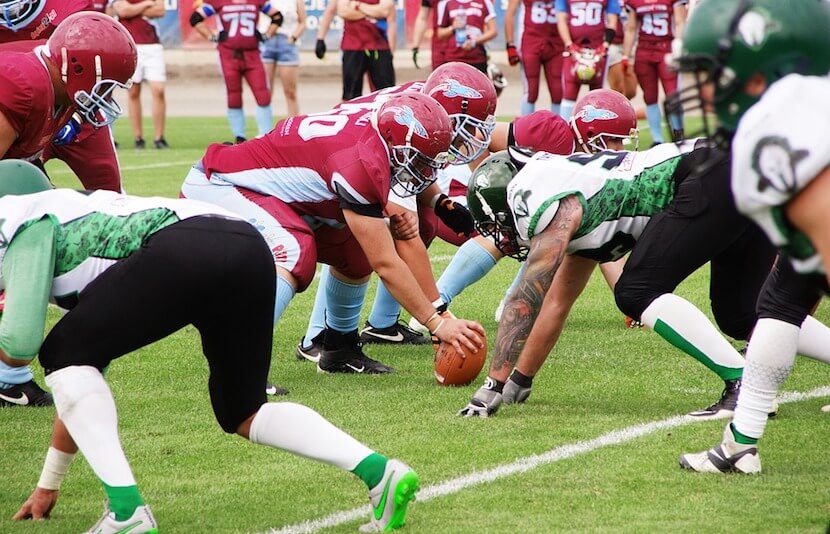A new study gives evidence to the concept that concussions in some college football players can occur from multiple hits to the head, instead of one big blow.
“There are two separate mechanisms for concussion,” said Brian Stemper, an associate professor at the Marquette University and Medical College of Wisconsin Biomedical Engineering Department and lead author of the study.
The first mechanism is the big hit, where players sustain a single large impact to the head, which leads to the immediate onset concussion, Stemper explained.
This study provides evidence to support the second mechanism, in which repetitive head impact exposure accumulates damage to the brain, eventually leading to a concussion, he continued.
Attention to concussions
All athletes, sports fans and worried parents know that concussions can come at any moment. For that reason, a lot of recent attention has been geared toward trying to limit big-impact plays in sports.
Some high school and college football teams require players to wear padded helmet guards in practice, hoping that it would provide enough cushion to reduce and absorb the impact from a big collision.
The National Football League has implemented rules, such as the helmet-to-helmet rule, that, to some fans’ dismay, have made the game much less violent.
But this new research reinforces the idea that athletes, coaches, athletic trainers and doctors need to continue to adjust the way they try to prevent serious head injuries.
“This unique analysis provides further evidence for the role of repetitive head impact exposure as a predisposing factor for the onset of concussion among Division 1 college football athletes,” Stemper said in a statement.
“While these trends require further validation, the clinical implication of these findings supports the contemporary trend of limiting head impact exposure for college football athletes during practice sessions,” he continued.
The study
Previous studies have shown that the structure and function of football players’ brains change throughout their career, even if they never were diagnosed with a concussion. The studies suggest that, as players experience successive head impacts, their brains become more susceptible to concussion.
This recent study gives evidence to support the past findings.
The researchers matched 50 concussed National Collegiate Athletic Association (NCAA) Division 1 football athletes with players from their same team and position.
They found that 72 percent of the concussed players were more exposed to head impacts either on the day of, or during the season leading up to their concussion.
The head can only be hit so many times before it reaches its tipping point. The more blows to the head players take, the more likely they are to become concussed.
For example, 77 percent of the concussed players who participated in 10 or more days of contact play experienced a greater number of hits to the head than the players in the study who weren’t concussed.
A paper describing the full study is published in the journal Annals of Biomedical Engineering.
What’s next?
Concussions can happen in more ways than one, and cautionary steps need to be taken to protect players from every threat.
This study reinforces the concept that concussions don’t just occur from one freak hit.
To make players less susceptible to concussions and the long-term brain damage that can follow, adjustments need to be made in practice to limit impact exposure and risk of injury, the researchers wrote in the study.
But for the researchers, the next step is to “expand the definition of exposure, and to look for other factors that might be influencing exposure,” said Stemper.



